Dermod O'Brien PRHA (1865-1945) Harvesting the Stooks, (c.1915-19) Oil on canvas, 62 x 75cms (24 x 29.5'') Inscribed with label verso The label verso helps to date this painting. O'Brien became President of the RHA in 1910 and the RHA moved from it's Abbey Street premises when the entire building was gutted by fire during the Easter Rising of 1916 so this piece is dateable to between 1910 and 1916. The most likely candidate is 'Stacking the Wheat' RHA, 1916, no 316 Although he was one of the foremost portrait painters in Dublin in the early years of the twentieth century, Dermod O'Brien's natural preference for subject was landscape. The setting for Harvesting the Stooks, which is almost certainly the picture of that title which was included in the memorial section of the RHA in 1946, and which probably dates from around 1915-19, is most likely the O'Brien family home at Cahirmoyle, near Ardagh in Co. Limerick. It was there that the artist spent much of his youth and where he lived on and off from 1914 until he sold the property, which he had inherited from his father, in 1919. The following year he settled in Dublin. O'Brien's early landscapes, like Sheep Shearing, c.1901 (Dublin City Gallery, The Hugh Lane), or The Sand Pit, 1908, were mostly painted at Cahirmoyle. They have a formality, a feeling of being a 'set piece', which continues in his work even into the 1920s. Thereafter his canvases usually became smaller in size with an increasing ease and spontaneity of execution that reflects his innate love of the countryside. Indeed, writing to his stepmother many years earlier, while on a social visit to London, he commented that all the 'fizz' of the city, as he put it, 'isn't worth a day in the country at this time of year'. The composition in Harvesting the Stooks is taut, the paint has been applied with deliberation and careful consideration, nothing is left to chance. The emphasis in the scene is the landscape per se; only later does one's attention focus on the work going on. The setting is similar to that in The Sand Pit, but viewed possibly from the opposite direction, and the trees at the right hand side resemble those depicted in the earlier work. The Arcadian mood of the scene is typical of O'Brien's early period, the serene sky conveying a sense of everlasting tranquility that has no echo of the growing political uncertainties-which greatly affected the O'Brien family-of Ireland at that time. The artist's label is on the reverse with his address given as the RHA, Dublin, but there is no title. (S. B. Kennedy is presently researching the life and career of Dermod O'Brien and would be glad to hear from anyone who may have information about the artist. He can be contacted through Adams. Harvesting the Stooks is numbered 0694 in Kennedy's listing of O'Brien's works.) Dermod O'Brien PRHA (1865-1945) Harvesting the Stooks, (c.1915-19) Oil on canvas, 62 x 75cms (24 x 29.5'') Inscribed with label verso The label verso helps to date this painting. O'Brien became President of the RHA in 1910 and the RHA moved from it's Abbey Street premises when the entire building was gutted by fire during the Easter Rising of 1916 so this piece is dateable to between 1910 and 1916. The most likely candidate is 'Stacking the Wheat' RHA, 1916, no 316 Although he was one of the foremost portrait painters in Dublin in the early years of the twentieth century, Dermod O'Brien's natural preference for subject was landscape. The setting for Harvesting the Stooks, which is almost certainly the picture of that title which was included in the memorial section of the RHA in 1946, and which probably dates from around 1915-19, is most likely the O'Brien family home at Cahirmoyle, near Ardagh in Co. Limerick. It was there that the artist spent much of his youth and where he lived on and off from 1914 until he sold the property, which he had inherited from his father, in 1919. The following year he settled in Dublin. O'Brien's early landscapes, like S
Dermod O'Brien PRHA (1865-1945) Harvesting the Stooks, (c.1915-19) Oil on canvas, 62 x 75cms (24 x 29.5'') Inscribed with label verso The label verso helps to date this painting. O'Brien became President of the RHA in 1910 and the RHA moved from it's Abbey Street premises when the entire building was gutted by fire during the Easter Rising of 1916 so this piece is dateable to between 1910 and 1916. The most likely candidate is 'Stacking the Wheat' RHA, 1916, no 316 Although he was one of the foremost portrait painters in Dublin in the early years of the twentieth century, Dermod O'Brien's natural preference for subject was landscape. The setting for Harvesting the Stooks, which is almost certainly the picture of that title which was included in the memorial section of the RHA in 1946, and which probably dates from around 1915-19, is most likely the O'Brien family home at Cahirmoyle, near Ardagh in Co. Limerick. It was there that the artist spent much of his youth and where he lived on and off from 1914 until he sold the property, which he had inherited from his father, in 1919. The following year he settled in Dublin. O'Brien's early landscapes, like Sheep Shearing, c.1901 (Dublin City Gallery, The Hugh Lane), or The Sand Pit, 1908, were mostly painted at Cahirmoyle. They have a formality, a feeling of being a 'set piece', which continues in his work even into the 1920s. Thereafter his canvases usually became smaller in size with an increasing ease and spontaneity of execution that reflects his innate love of the countryside. Indeed, writing to his stepmother many years earlier, while on a social visit to London, he commented that all the 'fizz' of the city, as he put it, 'isn't worth a day in the country at this time of year'. The composition in Harvesting the Stooks is taut, the paint has been applied with deliberation and careful consideration, nothing is left to chance. The emphasis in the scene is the landscape per se; only later does one's attention focus on the work going on. The setting is similar to that in The Sand Pit, but viewed possibly from the opposite direction, and the trees at the right hand side resemble those depicted in the earlier work. The Arcadian mood of the scene is typical of O'Brien's early period, the serene sky conveying a sense of everlasting tranquility that has no echo of the growing political uncertainties-which greatly affected the O'Brien family-of Ireland at that time. The artist's label is on the reverse with his address given as the RHA, Dublin, but there is no title. (S. B. Kennedy is presently researching the life and career of Dermod O'Brien and would be glad to hear from anyone who may have information about the artist. He can be contacted through Adams. Harvesting the Stooks is numbered 0694 in Kennedy's listing of O'Brien's works.) Dermod O'Brien PRHA (1865-1945) Harvesting the Stooks, (c.1915-19) Oil on canvas, 62 x 75cms (24 x 29.5'') Inscribed with label verso The label verso helps to date this painting. O'Brien became President of the RHA in 1910 and the RHA moved from it's Abbey Street premises when the entire building was gutted by fire during the Easter Rising of 1916 so this piece is dateable to between 1910 and 1916. The most likely candidate is 'Stacking the Wheat' RHA, 1916, no 316 Although he was one of the foremost portrait painters in Dublin in the early years of the twentieth century, Dermod O'Brien's natural preference for subject was landscape. The setting for Harvesting the Stooks, which is almost certainly the picture of that title which was included in the memorial section of the RHA in 1946, and which probably dates from around 1915-19, is most likely the O'Brien family home at Cahirmoyle, near Ardagh in Co. Limerick. It was there that the artist spent much of his youth and where he lived on and off from 1914 until he sold the property, which he had inherited from his father, in 1919. The following year he settled in Dublin. O'Brien's early landscapes, like S

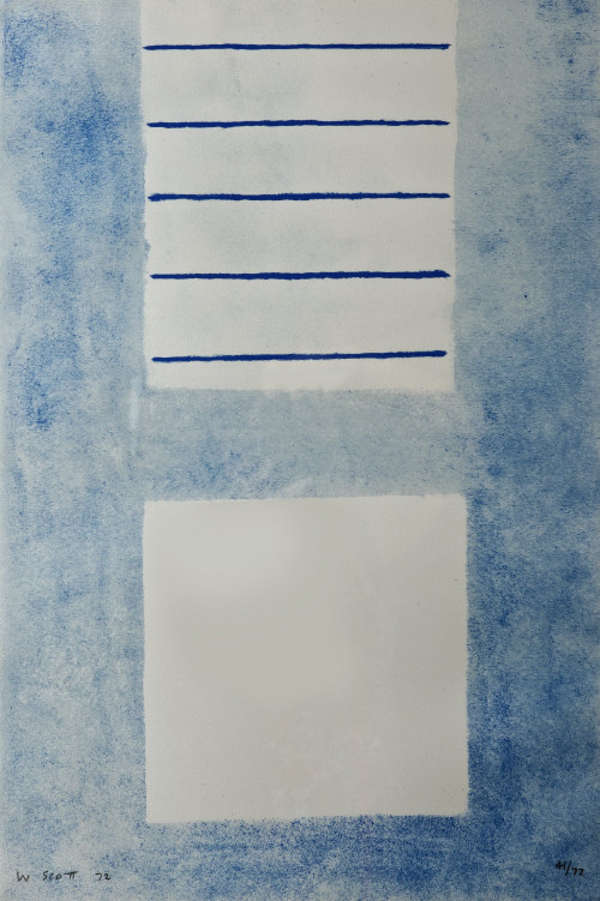
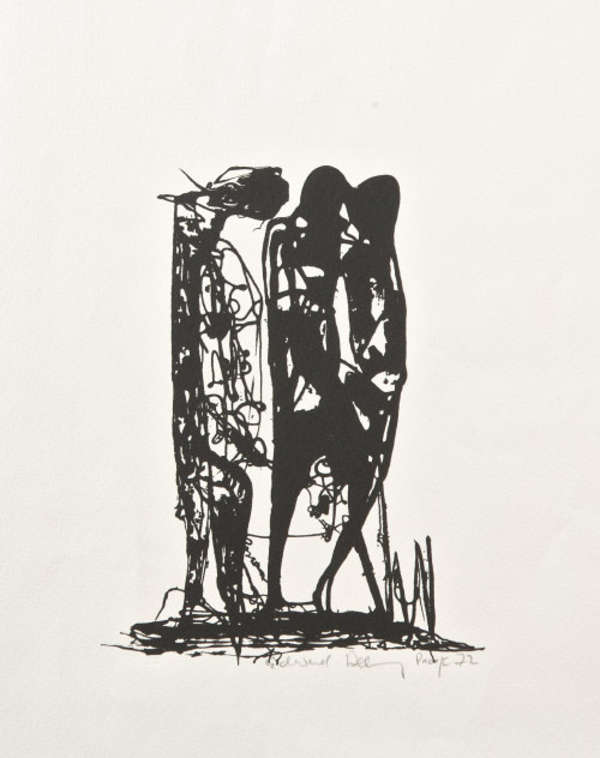


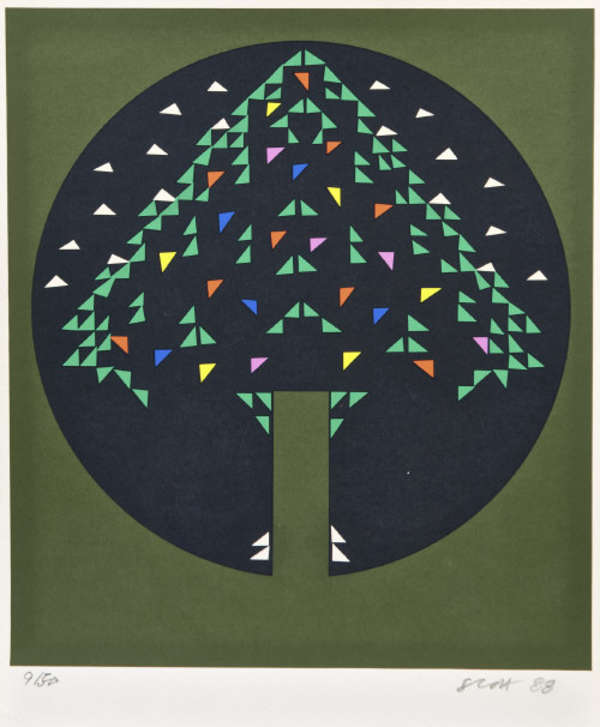
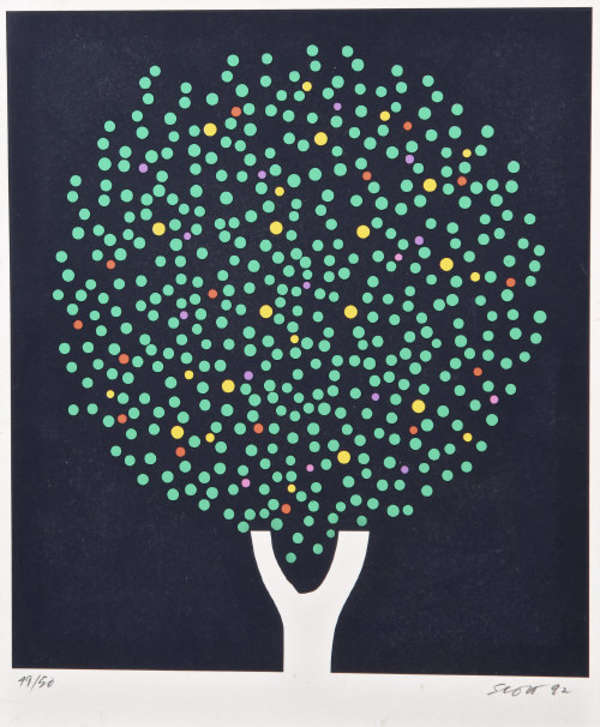
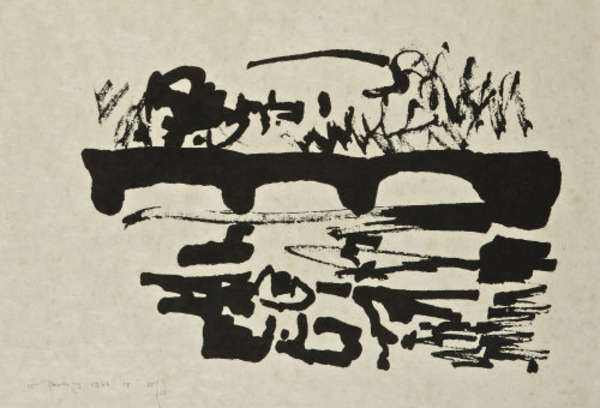
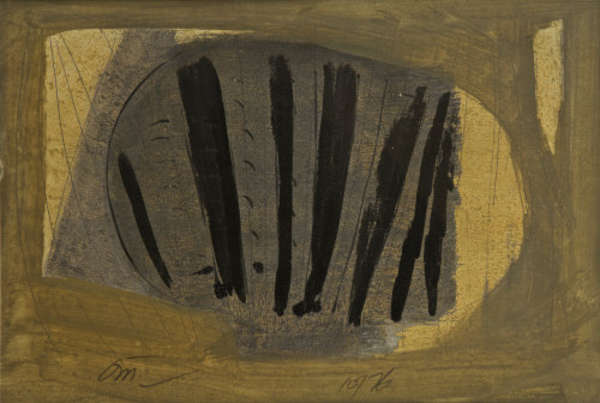
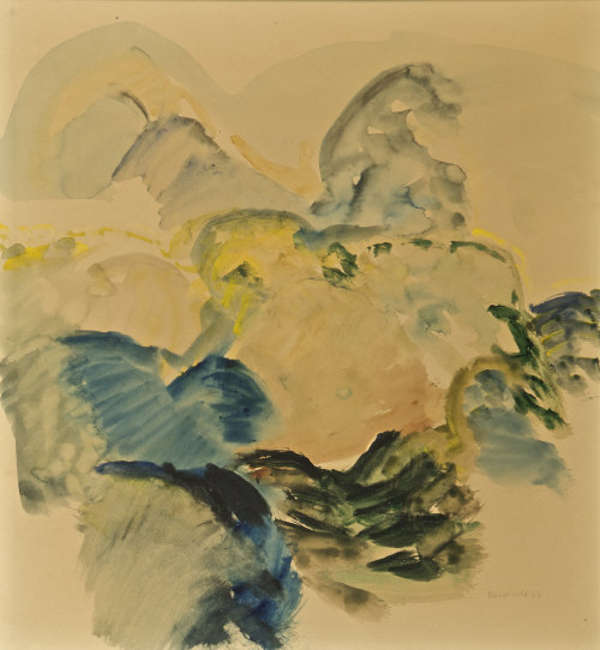

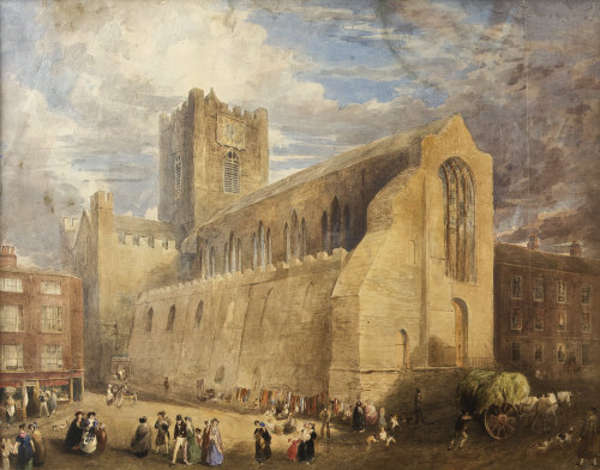

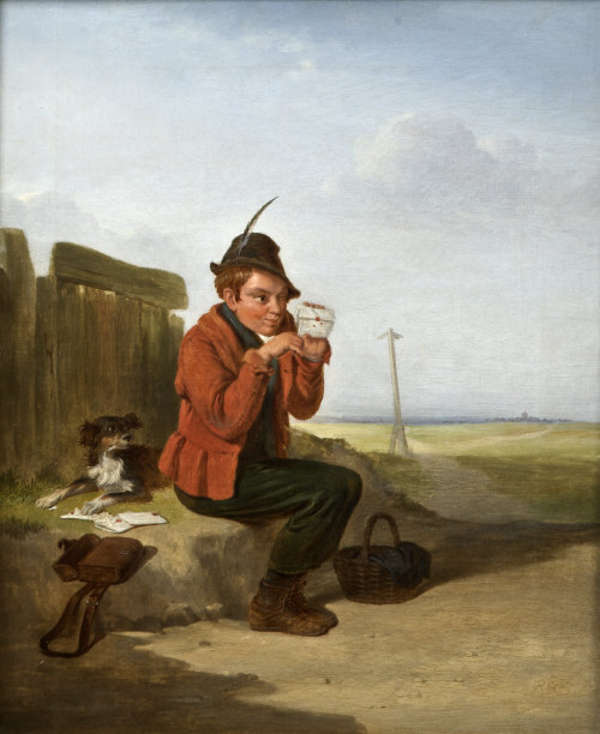
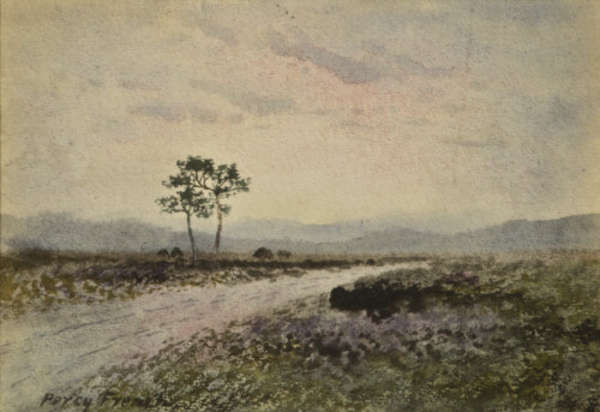
Try LotSearch and its premium features for 7 days - without any costs!
Be notified automatically about new items in upcoming auctions.
Create an alert